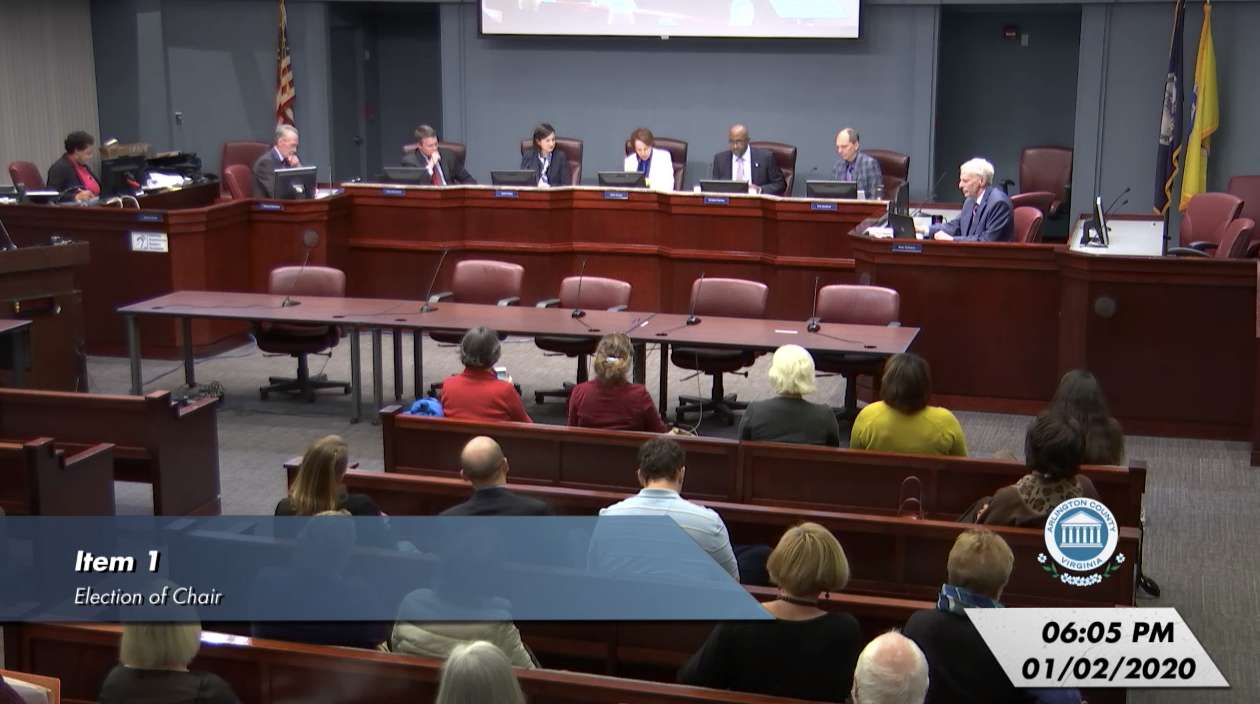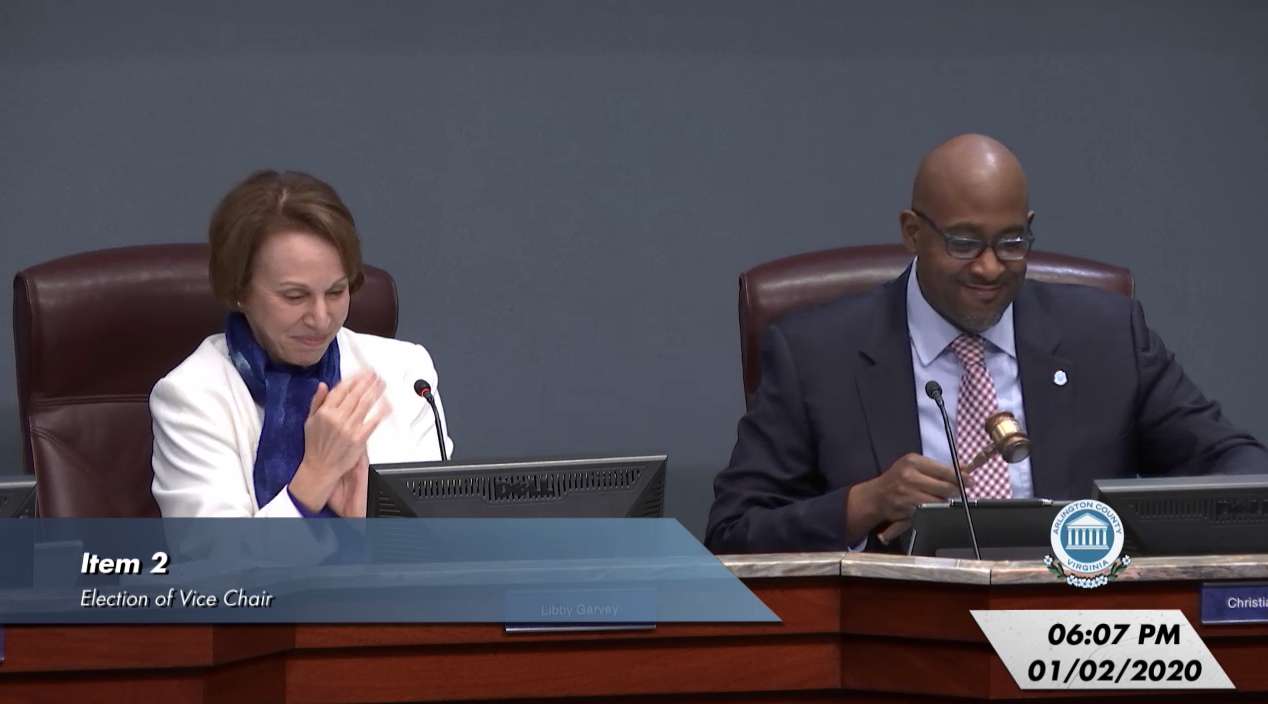 Ed Talk is a biweekly opinion column. The views expressed are solely the author’s.
Ed Talk is a biweekly opinion column. The views expressed are solely the author’s.
The word “equity” derives from the Latin aequus, meaning “equal,” or “fair.”
Arlington Public Schools’ (APS) strategic plan refers to “equity” this way: “Eliminate opportunity gaps and achieve excellence by providing access to schools, resources, and learning opportunities according to each student’s unique needs.”
Arlington County defines “equity” as “…all populations having access to community conditions and opportunities needed to reach their full potential and to experience optimal well-being.”
APS’ reference implies an individual approach to equity, whereas the County’s definition suggests a systemic approach. Indeed, APS consistently employs a non-systemic approach to matters: targeting programs and community partnerships at individual schools; relying on principals and PTAs to identify and fulfill each school’s needs, instituting exemplary projects to create a unique focus for each neighborhood elementary school, and supporting diversity through option schools rather than promoting diversity in all schools.
This approach has resulted in strikingly different academic experiences from school to school, notable disparities in perceived school quality and student achievement, exaggerated anxieties about potential boundary changes, and divided communities.
Whereas, with a systemic approach to equity:
- Every school should be able to meet the needs of any student at any time;
- No middle or high school teacher would know which elementary or middle school a student attended based on their academic preparedness in any given subject; and
- Boundary discussions would be void of phrases like “lesser than,” “worse,” or “less desirable.”
Any student should be able to transfer from any neighborhood school to another for any reason – moving, boundary change – and pick-up right where they left off. No student should find themselves notably behind their new classmates academically, or conspicuously ahead and repeating instruction. No student should be obliged to live within a particular school’s attendance zone in order to receive the educational or social support they need, or struggle because they live where those supports are not readily available in their assigned school.
Instructional consistency across the district helps ensure students from every school are similarly prepared for middle and high school coursework so that there is no distinguishable correlation of students’ preparedness in math, or level of achievement in a world language, with the school they previously attended.
An equitable school system offers fewer reasons for pushback against boundary changes and, therefore, more civil discourse. All APS schools are good, but they are not equal. Academic and social experiences and opportunities differ widely, fueling divisive rhetoric and pitting neighborhoods against each other.
What is the pathway to equity? De-segregation.
The most effective way APS can ensure equity is to create a reasonable balance in socioeconomic demographics across schools. Economic diversity facilitates equality in available resources such as PTA funding, parent and community volunteers, and other community assets. This in turn enables each school to sufficiently support its teachers and students and vastly narrows the range of disparities between schools.



